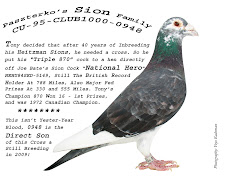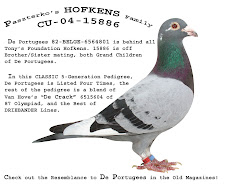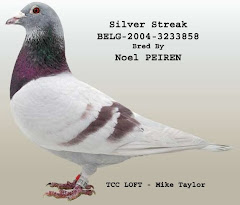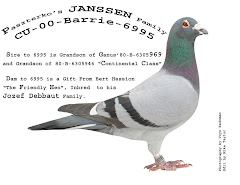The Wenatchee World
By Hannah Dreier, McClatchy News Service
Thursday, August 12, 2010
McClatchy photo
Martinez Homing Pigeon Club members Hans Foell, left, and Juan Soto stand with some of their birds inside a loft in Concord, Calif.
WALNUT CREEK, Calif. — Hans Foell spends race days pacing his Concord, Calif., backyard, squinting up Kirker Pass as he waits for one of his prizewinning birds to come into view.
Foell’s brother gave him his first homing pigeon when he was 5. He speaks passionately about his pedigreed fleet and dismisses common pigeons as “street rats.”
But the birds may not be coming over the pass much longer — blown off course by changing cultural currents, this esoteric pastime is in decline.
The “thoroughbreds of the sky” are remnants of a time when children spent afternoons on rooftops and in barnyards, sons learned the sport at their fathers’ sides, and even toughs such as Marlon Brando’s character, Terry Malloy, in the 1954 film “On the Waterfront” sought solace in feathered companionship.
Oakley, Calif., resident Wes Askins, who won his first pigeon race at age 14 and now hosts a weekly pigeon-themed show on www.pigeonradio.com, remembers those days well.
“We didn’t have computers or video games,” Askins, 56, said. “Pigeons were all we had — or trouble.”
When Askins and Foell were growing up, the Martinez Homing Pigeon Club had dozens of “junior members.” Today, the youngest fanciers in the almost century-old club are in their 30s. Old-timers say it is too difficult to interest over-scheduled youths in a sport that requires several hours of solitary labor every day to compete in, let alone win.
Fanciers must be trainers, vets, parents and friends to their birds. The most successful trainers rise before daylight to sweep cages, administer vitamins and exercise the small athletes. Many have spent sleepless nights waiting for lost birds to return.
“You have to be there every day,” said Lee Schneider, treasurer for the Bay Cities Combine, the Bay Area’s umbrella pigeon-racing organization. “You can’t ever close the door and leave for the weekend.”
Zoning ordinances and urbanization have driven fanciers to the more rural corners of the region, and the increasing costs of feed and medicine have driven away some from the sport.
Combined membership has dropped by one-third since World War II to 200 members, even as the area the organization covers has expanded. Nationwide, the number of pigeon fanciers has plunged to 20,000 from a peak of 100,000, according to the International Federation of American Homing Pigeon Fanciers.
Membership would have fallen even more dramatically if not for an influx of immigrants who grew up with racing pigeons in their native countries, Schneider said.
Vincente Saro, of Byron, Calif., is one of several younger Martinez club members who raced birds as a child in Mexico. His pigeon, El Gordo, recently won a 250-mile race.
“It’s a beautiful thing because it fills you with pride,” he said in Spanish.
But it saddens Saro that his American-raised sons have failed to take up his hobby.
“There’s no way to teach a child the joy of flying pigeons,” he said.
Read more ...







